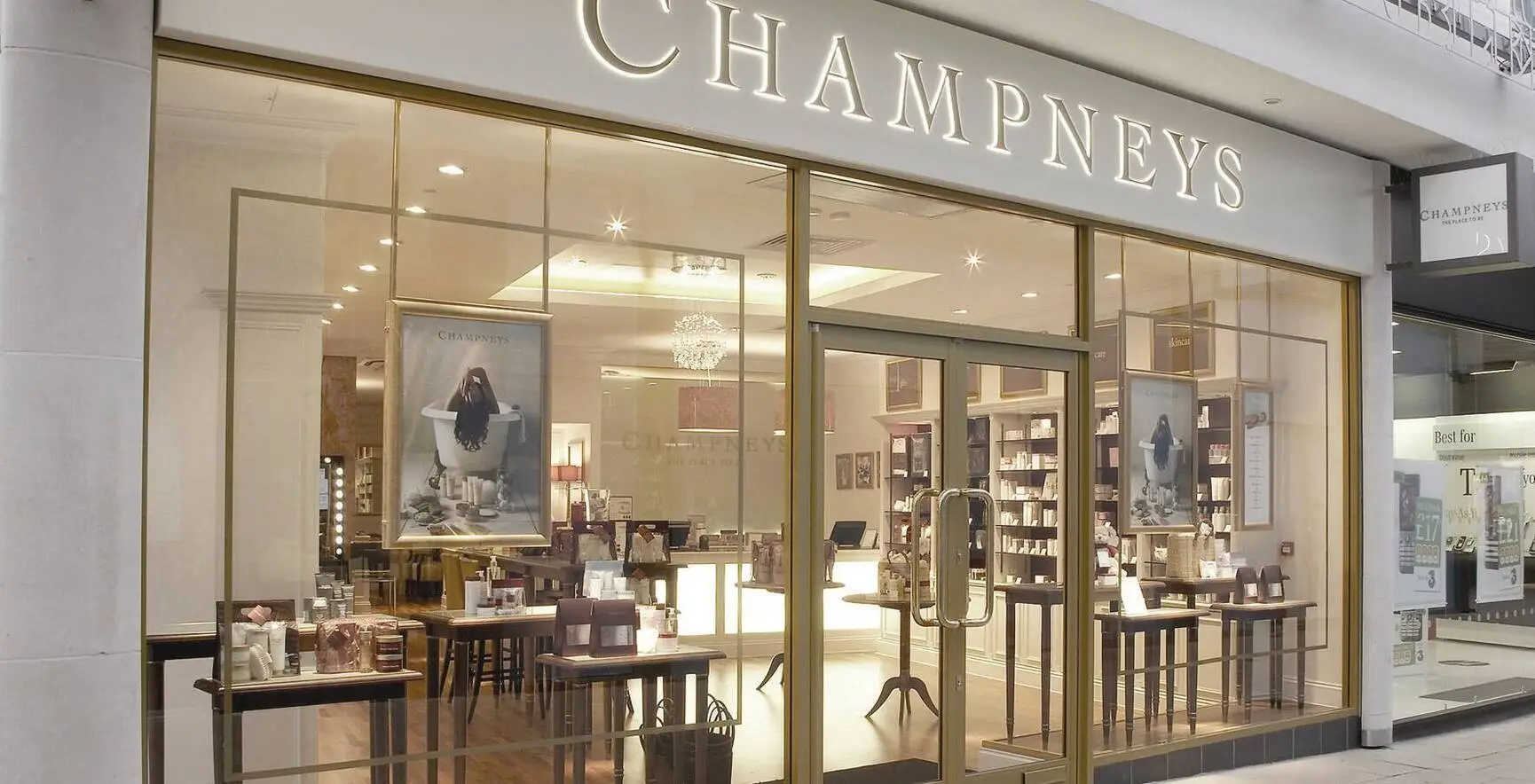Organisational context
Introduction
Under the Equality Act 2010 (Gender Pay Gap Information) Regulations 2017, Champneys is legally required to publish, on an annual basis, specified information relating to their gender pay gap.
The following information has been calculated in accordance with the Regulations and is legally compliant.
The Gender Pay Gap
The gender pay gap is the difference between the average pay of men and women, expressed as a percentage.
Based on staffing numbers and reporting obligations this data set relates Champneys Henlow [inc Head Office], and Champneys Day Spa.
The gender pay gap has many contributing factors which will differ from organisation to organisation, across sectors and across geographical locations. These factors may or may not be unlawful or discriminatory, guided by society or cultural aspects, or because of internal organisational practices.
Our report
It is crucial to our understanding of gender pay disparity to recognise that the gender pay gap is different to equal pay.
Equal pay is where there is a discriminatory pay difference between men and women who carry out the same job, jobs rated as equivalent or work of equal value.
We are confident that our gender pay gap is not because we pay men and women differently for the same or equivalent work. Instead, our gender pay gap is because men and women work in different roles and those roles have different salaries.
We actively take steps to promote gender diversity and work to breakdown stereotypes that we know exist, as a Spa Brand we work hard to promote gender diversity within all teams and especially within the area of beauty.
At Champneys the Senior Leadership Team [CEO, Chief Commercial Officer, Chief Financial Officer, Retail Director, Director of Finance, IT Director, People & Culture Director, Property Director, Spa Director and Wellbeing & Fitness Director], the split is five female and five males. Across the UK economy, it is noted that men are more likely than women to be in senior roles (especially very senior roles at the top of organisations).
We are committed to equal opportunities and equal treatment for all employees, regardless of sex, race, religion or belief, age, marriage or civil partnership, pregnancy/maternity, sexual orientation, gender reassignment or disability. We have a clear policy of paying employees equally for the same or equivalent work, regardless of their sex (or anything else listed above).
Organisational context
Champneys is home to innovative world-class treatments, as a Spa Pioneer since 1925 our aim is to nourish our guests from the inside and bring them back to their very best self.
Gender Pay Gap
Mean gender pay gap
Based on the mean (average) hourly rate of pay for male and female employees in the relevant pay period, our mean gender pay gap is 20% [rounded to one decimal point]. In our last report this was 10%.
Median gender pay gap
Based on the median (middle) hourly rate of pay for male and female employees in the relevant pay period, our median gender pay gap is -2.7% [rounded to one decimal point]. In our last report this was 2%.
Gender bonus gap
Mean gender bonus gap
Based on the mean (average) bonus pay for male and female employees in the relevant pay period, our mean gender bonus gap is 26.7% [rounded to one decimal point]. In our last report this was 92%.
Median gender bonus gap
Based on the median (middle) bonus pay for male and female employees in the relevant pay period, our median gender bonus gap is -3.5% [rounded to one decimal point]. In our last report this was 61%.
The proportion of male employees receiving a bonus is 80.3% and the proportion of female employees receiving a bonus is 89.3%, in our last report this was 51.52% and 77.02% respectively.
Salary Pay Quartiles
The following table separates our entire workforce into four equal quartiles based on the salaries that are paid to these employees. These quartiles are then further broken down into the number and proportion, expressed as a percentage, of male and female employees in each quartile.
| Band | Males | Females | Band inclusions |
| A | 29.2% | 70.8% | All employees whose standard hourly rate is within the lower quartile |
| B | 23.4% | 76.6% | All employees whose standard hourly rate is more than the lower quartile but the same or less than the median |
| C | 17.2% | 82.8% | All employees whose standard hourly rate is more than the median but the same or less than the upper quartile |
| D | 23.4% | 76.6% | All employees whose standard hourly rate is within the upper quartile |
Action Plan
- As we continue to evolve as a business we have reviewed all incentives, this specifically is group wide and not only for the companies we have detailed in this report.
- In the coming years and now with an advanced HR and Payroll System we will look to report as a whole group opposed to the current grouping.
- We are proudly partnering with Future Plus who are supporting us with several polices and specifically equity.
Our continued action plan
- We have and continue to review all shift patterns and support flexible working.
- Review language used as part of our adverts and recruitment campaigns.
- We continually review our job boards [where we advertise our vacancies] and use a diverse pool to attract the very best talent.
- Review all contact types and have all options available to all employees.
Confirmatory statement
I confirm that the information set out in this gender pay gap report is accurate and calculated in accordance with the Regulations.
Signed: Alan Whiteley
Name: Alan Whiteley
Job title: CEO
Date of statement: 28 March 2025























